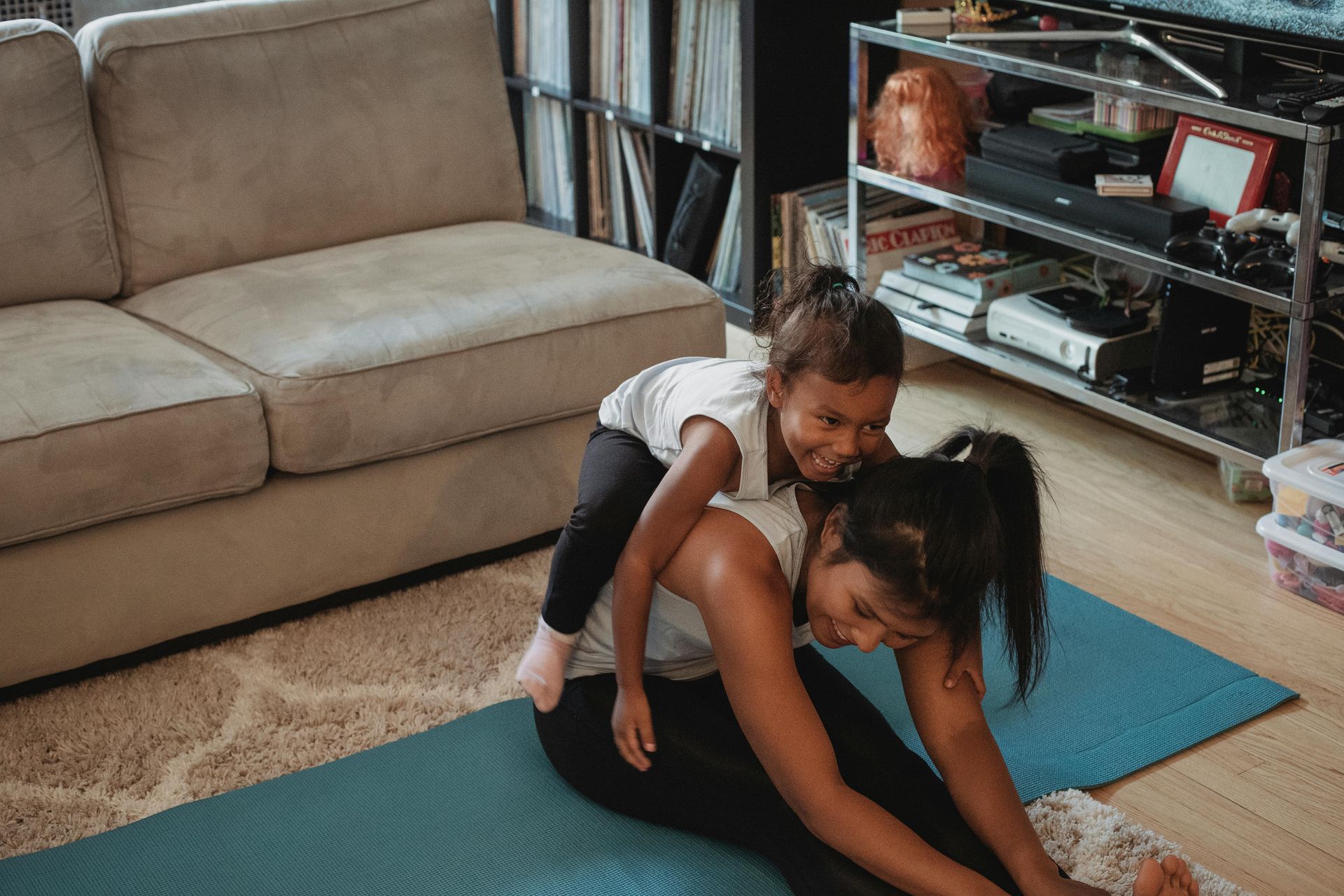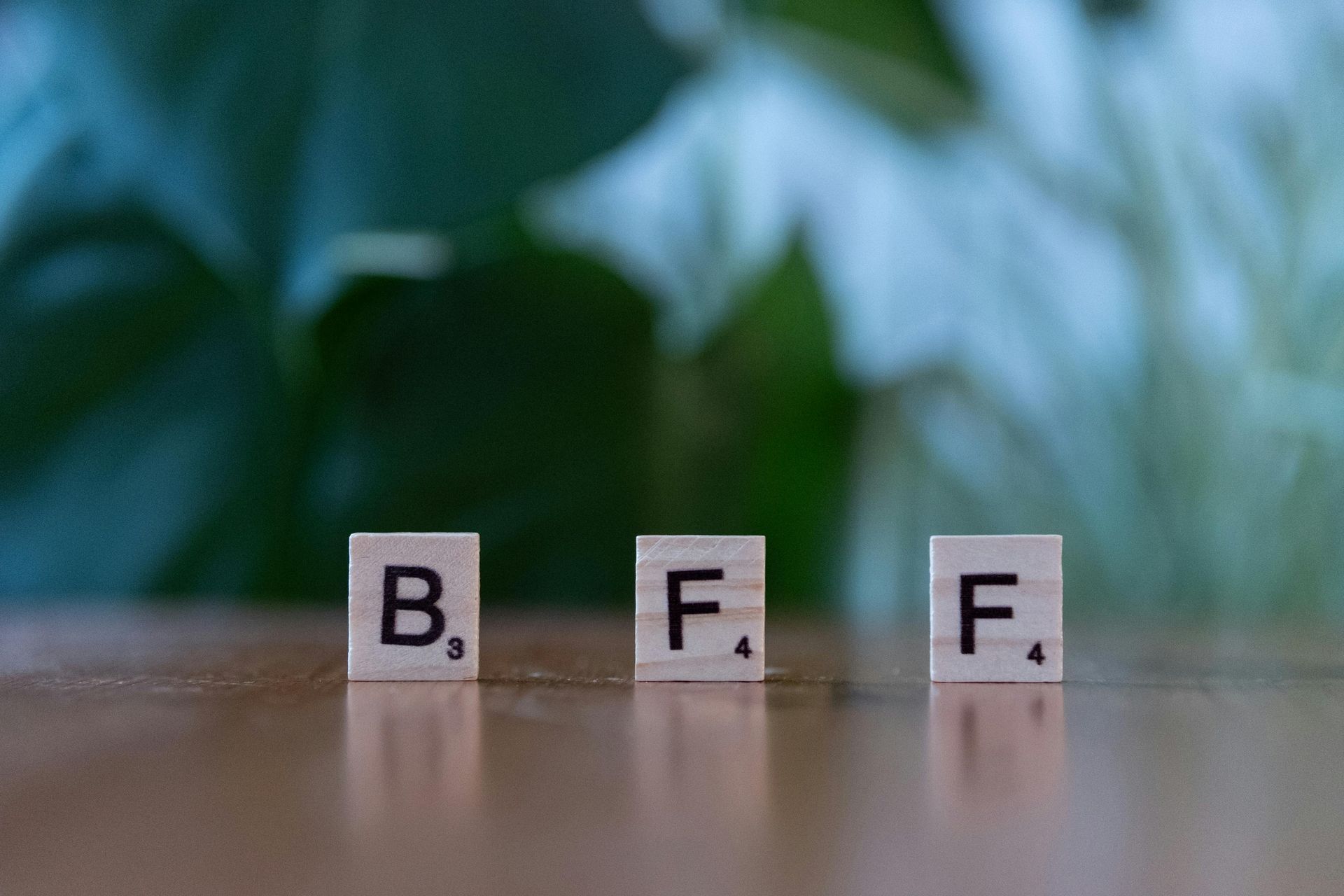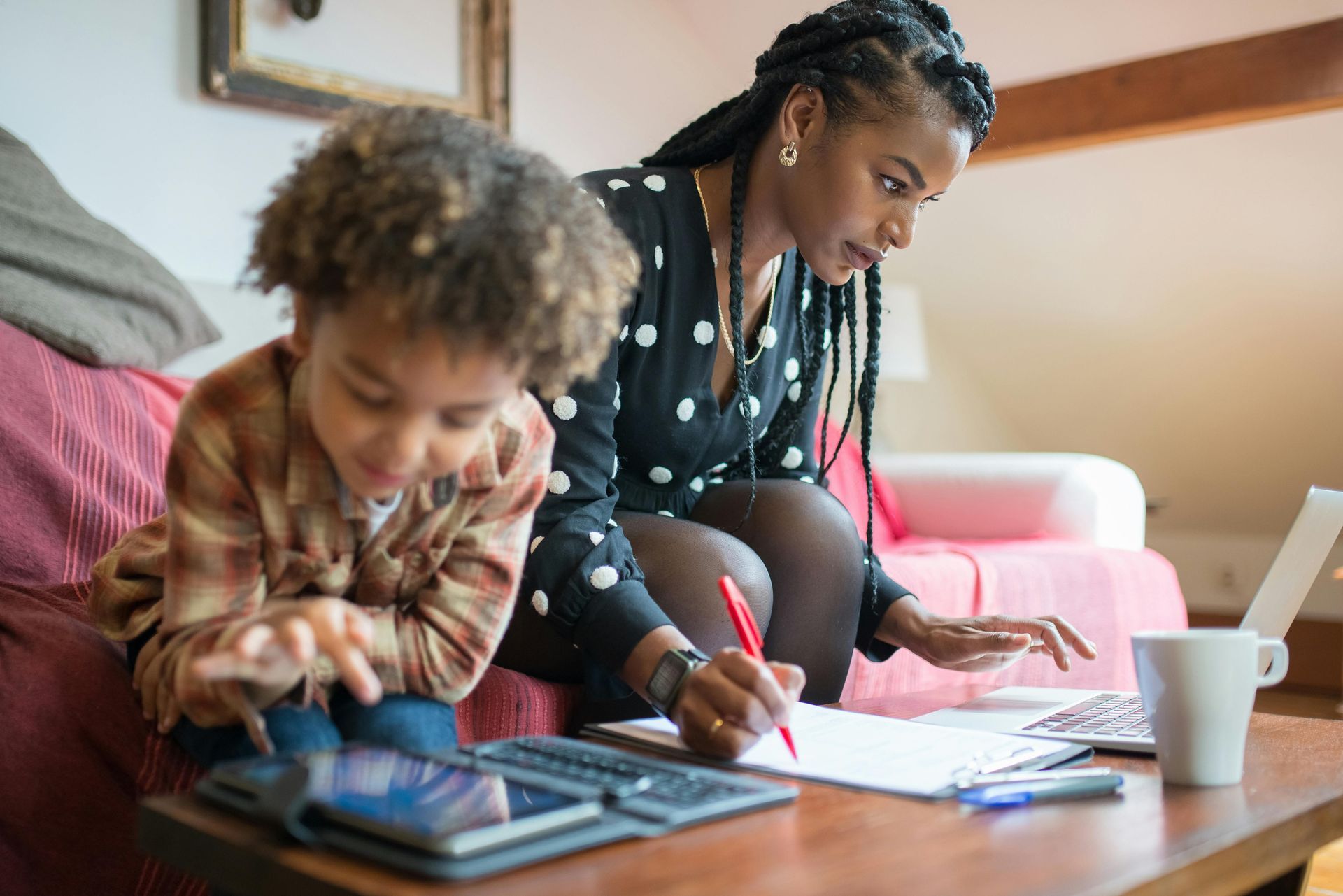Nurturing Emotional Intelligence in Toddlers
Teaching emotional awareness from the start and modeling mindfulness for a two-year-old.

As a mother of a two-year-old, there are days when emotions run high—his, mine, and sometimes the stuffed animals’. And I get it. We’re in the thick of a stage where big emotions roll in like a thunderstorm, often out of nowhere. One moment, Bennett is laughing at a funny face I make, and the next, he’s melting into a puddle of tears because I peeled his banana the “wrong” way. It’s intense, unpredictable, and, at times, exhausting. But what I’ve come to realize is that these emotional outbursts are the foundation for something deeper: his growing emotional intelligence.
Why Emotional Intelligence Matters (Even for Toddlers)
Emotional intelligence (EQ) is the ability to identify, understand, and manage emotions—both your own and those of others. While that might sound like a lofty goal for a toddler who’s still learning to string words together, these early years are when the groundwork for EQ is laid. Research shows that children with high emotional intelligence are better equipped to handle stress, form healthy relationships, and navigate life’s challenges.
And it’s not just about them—it’s about us, too. When I focus on nurturing Bennett’s emotional intelligence, I’m not just teaching him how to manage his feelings; I’m also learning how to better manage my own. It’s a two-way street that benefits both of us, making our home a calmer, more compassionate space (even if we still have plenty of chaotic moments).
Allowing Big Feelings, Without Judgment
Toddlers have a remarkable ability to express their emotions—sometimes in the loudest, messiest ways possible. It’s tempting to jump in and try to “fix” things, especially when we see our little ones struggling. But one of the most powerful things I’ve learned is this: my job isn’t to fix Bennett’s feelings; it’s to help him feel them.
For example, when Bennett is upset, instead of saying, “You’re okay” (which can feel dismissive of his experience), I try to label the emotion for him: “I see you’re feeling frustrated because the toy isn’t working the way you want.” It’s a simple shift, but it changes the dynamic from trying to suppress his emotions to validating them. In doing so, I’m teaching him that it’s okay to feel what he’s feeling—there’s no shame in anger, frustration, or sadness. The goal is to help him understand those feelings so he can eventually manage them.
Modeling Emotional Awareness in Everyday Moments
Let’s be honest: it’s hard to teach emotional regulation when we’re struggling with it ourselves. But toddlers learn by watching us, so how we handle our emotions matters just as much as how we respond to theirs. For me, this means being open about my own feelings in a way that’s age-appropriate. If I’m feeling overwhelmed, instead of bottling it up or snapping, I try to name it: “Mama’s feeling tired right now, so I need a quiet moment to rest.” This not only shows Bennett that adults have emotions, too, but also that it’s okay to express them.
And when I lose my cool (because I do—often), I make sure to model what it looks like to apologize and repair the connection: “I’m sorry I raised my voice earlier. I was feeling frustrated, and that wasn’t the best way to handle it. Let’s try again.” It’s not about being perfect; it’s about being real and showing him that emotions don’t have to control us.
Creating a Safe Space for Meltdowns
There’s no denying that toddler meltdowns are intense. They can happen at the most inconvenient times—like in the middle of a grocery store or right before bedtime. But I try to remember that these meltdowns are Bennett’s way of communicating that something is off, even if he doesn’t have the words for it yet.
One of the ways I handle these meltdowns is by creating a safe space for them. I let Bennett know I’m there, even if he needs space to cry or scream. “I see you’re really upset right now. I’m here if you need a hug.” Sometimes he accepts the hug; sometimes he just needs to work it out on his own. Either way, the message is clear: emotions aren’t something to be ashamed of or to hide from. They’re a natural part of being human, and we’re learning how to handle them together.
Simple Tools for Teaching Emotional Awareness
Here are a few tools I’ve found helpful in nurturing Bennett’s emotional intelligence:
- Emotion Flashcards: These cards show different faces and emotions, helping him start to recognize and name what he’s feeling.
- Emotion Charts: We use a simple chart with pictures of different emotions (happy, sad, frustrated, calm) so he can point to how he’s feeling if he can’t verbalize it yet.
- Emotion Books: Stories are a powerful way for children to see emotions in action. We love books like “The Color Monster,' My Many Colored Days" or “In My Heart” that explore different feelings and how to handle them.
- Deep Breathing: I’ve started teaching Bennett basic deep breathing exercises. Sometimes when he’s upset, I’ll say, “Let’s take a big deep breath together,” and it helps him regulate in the moment.
Embracing the Journey of Emotional Growth
Ultimately, raising an emotionally intelligent child isn’t about getting it right every time. It’s about creating a space where feelings are honored, emotions are named, and self-awareness grows over time. Bennett won’t master emotional intelligence overnight (and neither will I), but by planting the seeds early, I’m hopeful that he’ll grow into someone who knows how to navigate the full spectrum of human emotions with empathy, understanding, and grace.
And as much as this process is about teaching him, it’s also about teaching myself. Every time I choose to be present with his feelings, I’m reminded to be present with my own. And in that shared space of emotional vulnerability, we’re both learning what it means to be fully human—one meltdown at a time.
XoXo,












